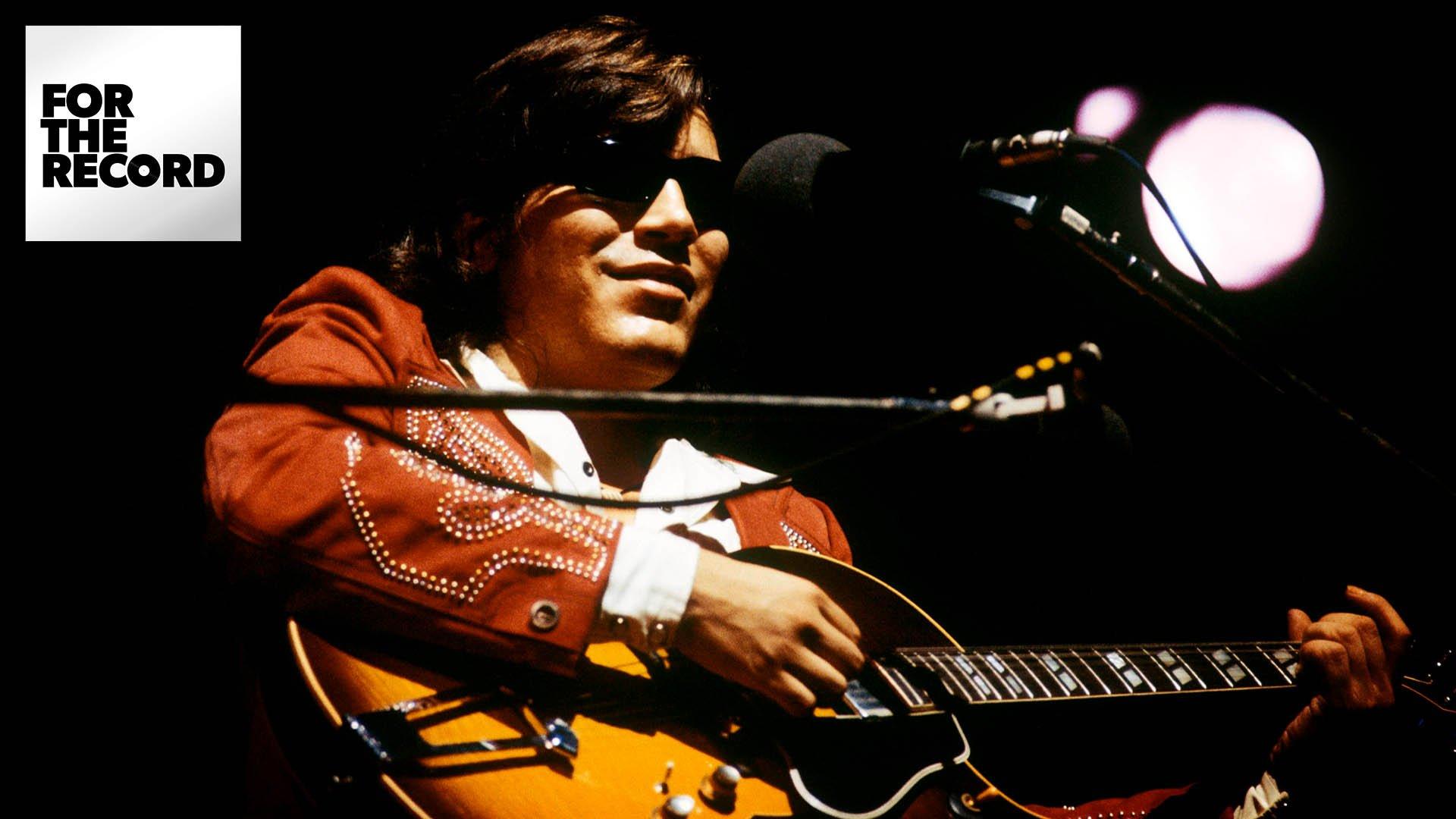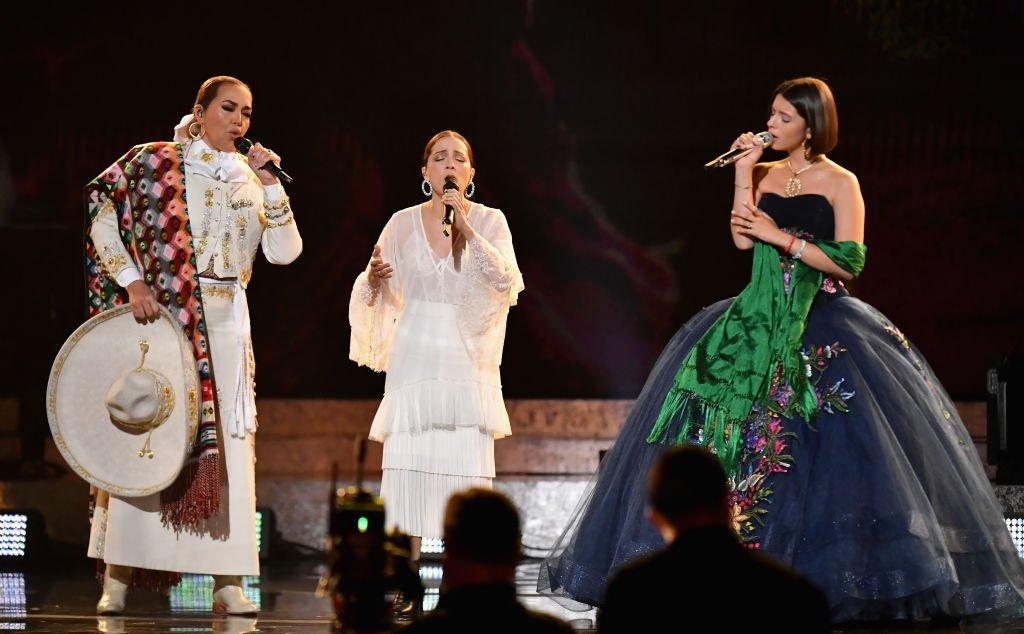José Feliciano's "Feliz Navidad" is known globally as a chipper ode to cross-cultural well-wishes — a hit that spans Christmas and New Year's, English and Spanish. So it may come as a surprise that the tune came out of a sense of loneliness and distance.
Feliciano recorded the song — you know the one, with the cascading "I wanna wish you a merry Christmas!" chorus — while spending the holiday in an L.A. studio in 1970, longing for his loved ones in New York and his native Puerto Rico. He rued the lack of it all: the merrimaking, the rum-imbing, the cuisine of pasteles and lechon.
"It was expressing the joy that I felt on Christmas and the fact that I felt very lonely," he later recalled to NPR. "I missed my family, I missed Christmas carols with them. I missed the whole Christmas scene." Pining for his 11 brothers and the rest of his extended family, he wrote a joyous, bilingual romp — one that came to him on a bit of a lark.
"I was working on my Christmas album and the producer asked me to write a Christmas song, to which I thought 'Ooh! How am I going to do that?'" he said "The Tamron Hall Show" in 2021. "'Feliz Navidad' came and it makes a lot of people happy."
"Feliz Navidad, próspero año y felicidad," goes the English verse, which translates as "Merry Christmas, a prosperous year and happiness." "If I had left in Spanish only, then I knew the English stations might not play it, so I decided to write an English lyric, 'I want to wish you a merry Christmas.'" Feliciano explained to Billboard. "And then there was no way the stations could lock that song out of the programming."
His strategy worked — progressively. The song first charted on the Billboard Hot 100 in early 1998, peaking at No. 70. It returned to the Billboard Hot 100 on the chart dated the week of January 7, 2017 reaching No. 44. "Feliz Navidad" finally reached the top 10 of the Billboard Hot 100 a half-century after its release, on the chart dated Dec. 19, 2020.
Fifty years after its release, the song remains an inimitable earworm, providing warmth and light to listeners on both sides of the border during one of the most confusing Christmases yet. And Feliciano is well aware of its enduring presence — the Puerto Rican star is celebrating with a new recording, a children's book and a live-streamed concert, which aired on Dec. 20.
"Musically, it's simplistic, but that doesn't take away from the charm of the song at all," musician Bobby Sanabria, co-director of the Bronx Music Heritage Center, added to NPR. "'Feliz Navidad's one of those kind of songs that, like 'Happy Birthday,' it's very, very iconic. And anybody can sing it."
In a revealing interview with GRAMMY.com, Feliciano himself agreed. "I don't know how 'Feliz Navidad' became such a favorite. But, I would like to say that I think what made 'Feliz Navidad' such a favorite is the simplicity of the song," he said. "The song, in total lyric-wise, because it's bilingual, has 19 words."
But what a 19 words it is — everybody on the planet, regardless of their background or religious persuasion, seems to have been born with it programmed in their brain. And it paid off for Feliciano, who had already won the GRAMMY for Best New Artist in 1968. Today, the seven-time GRAMMY winner and 16-time nominee's signature song is in the GRAMMY Hall of Fame, where it was inducted in 2010.
So, this Christmas — or whatever holiday you celebrate — take a moment to holler along with one of the most recognizable seasonal songs of all time.
José Feliciano On 50 Years Of "Feliz Navidad," New Album Behind This Guitar & Hitting The Big Screen





